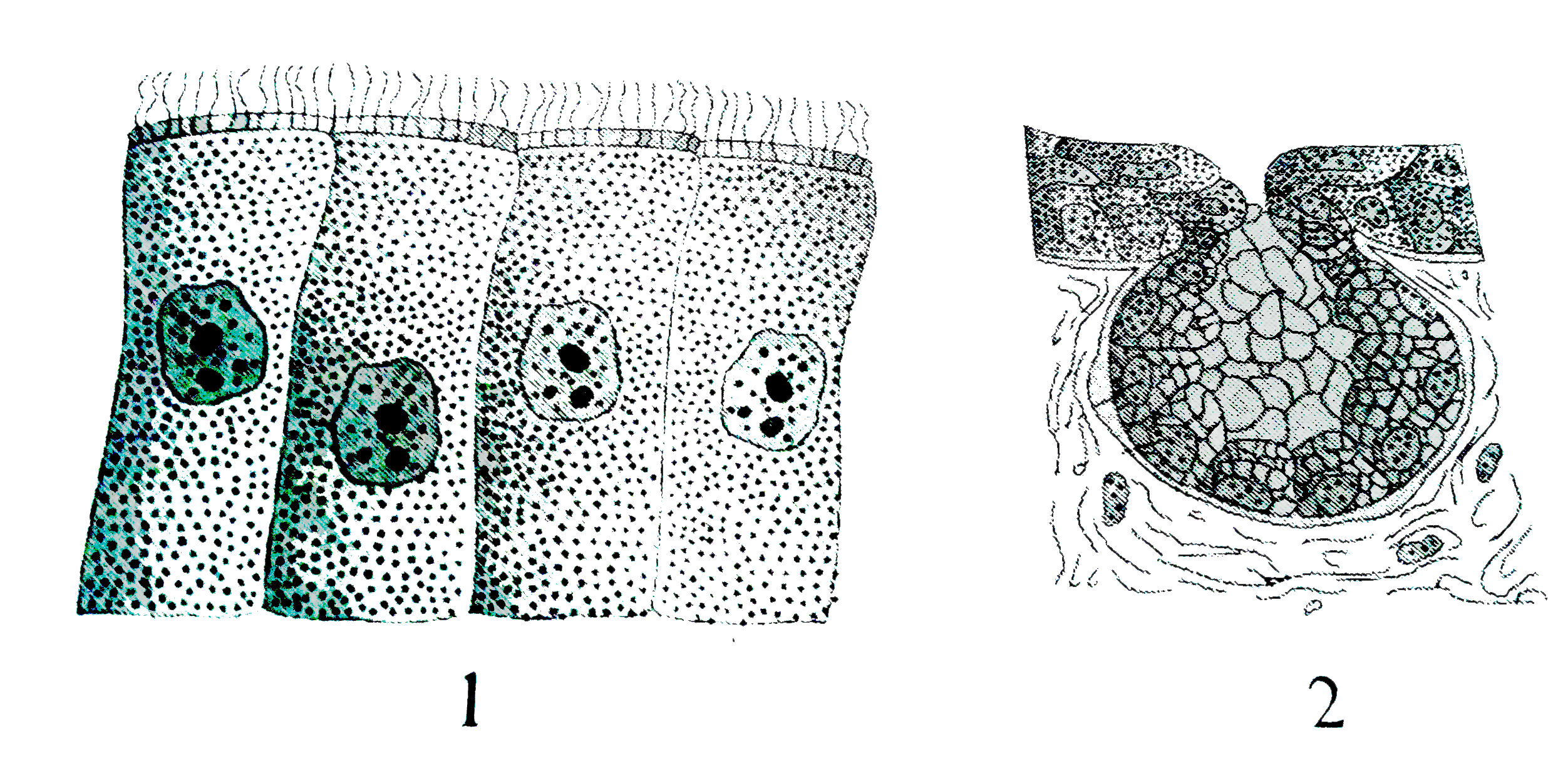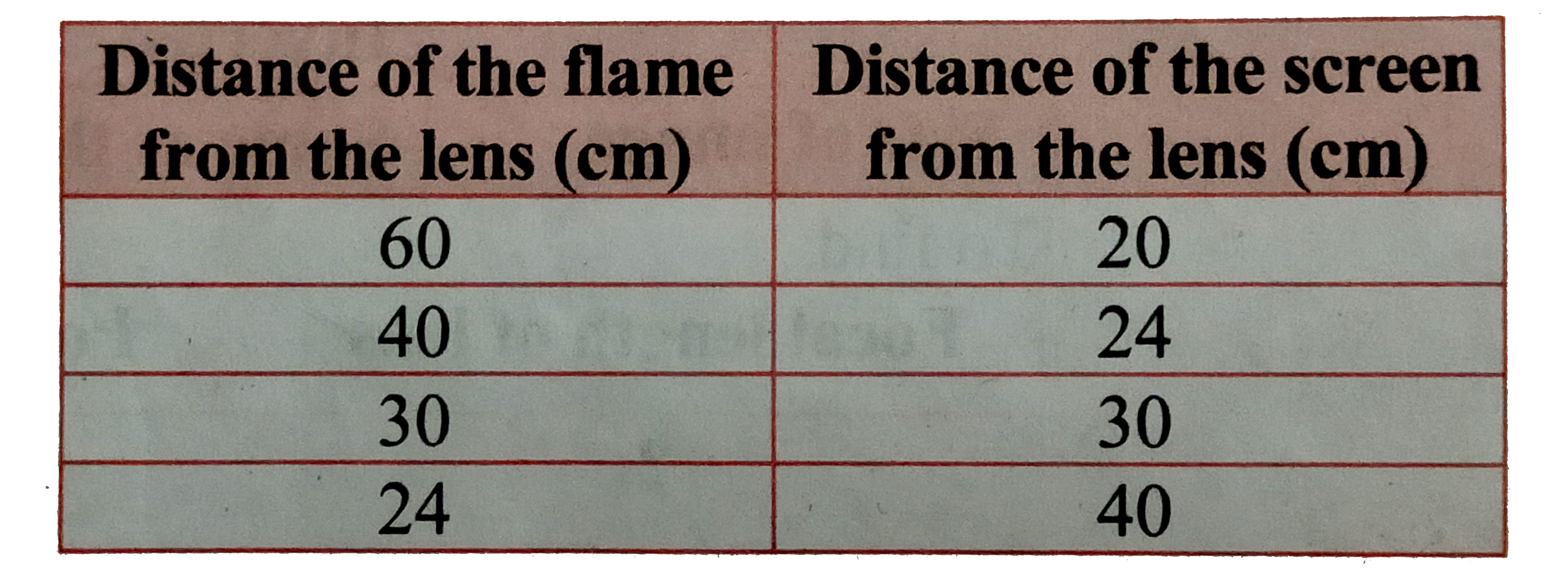A student is viewing under a microscope a permanent slide showing various stages of asexual reproduction by building in yeast. Draw diagrams of what he observes. (In proper sequence)
The process of reprodution in yeast is budding.

Topper's Solved these Questions
- BOOK - X BOARDSCHAPTER - X BOARDSEXERCISE - SET-I SECTION-A1videos
X BOARDS
- BOOK - X BOARDSCHAPTER - X BOARDSEXERCISE - SET-I SECTION-B1videos
X BOARDS
- BOOK - X BOARDSCHAPTER - X BOARDSEXERCISE - SET III (SECTION -C)1videos
X BOARDS
- BOOK - X BOARDSCHAPTER - SAMPLE QUESTION PAPER EXERCISE - Section-B11videos
SAMPLE QUESTION PAPER
Similar Questions
A student is viewing under a microscope a permanent slide showing various stages of asexual reproduction by building in yeast. Draw diagrams of what he observes. (In proper sequence)
View SolutionDraw diagrams showing reproduction in yeast in proper sequence.
View SolutionStudents were asked to observe the permanent slides showing different stages of budding in yeast under high power of a microscope.
(a) Which adjustment screw (coarse/fine) were you asked to move to focus the slides?
(b) Draw three diagrams in correct sequence showing budding in yeast.View SolutionStudents were asked to observe the permanent slides showing different stages of budding in yeast under high power of a microscope.
(a) Which adjustment screw (coarse/fine) were you asked to move to focus the slides?
(b) Draw three diagrams in correct sequence showing budding in yeast.View SolutionStudents were asked to observe the permanent slides showing different stage of
budding in yeast under high power of a microscope.
(a) Which adjustment scraw (coarse/fine) were you asked to move to foucs the slides?
(b) Draw three diagrams in correct sequence showing budding in yeast.View SolutionDraw a labelled diagram of a sectional view of human ovary showing various stages of follicles growing in it.
View SolutionA student was viewing a leaf peel under a microscope. He observed green, dot-like structures in some cells.
(a) What are the green, dot-like structures?
(b) What is this green colour due to?View SolutionIn this section each item consists of six sentences of a passage. The first and sixth sentences are given in the beginning as S1 and S6. The middle four sentences in each have been jumbled up and labelled P, Q, R and S. You are required to find the proper sequence of the four sentences and mark your response accordingly on the Answer Sheet.
S1 : History is a subject that is so little valued today that it is almost impossible to win world fame as a historian, yet that is exactly what Toynbee was able to.
S6 : Among the civilizations that he studied was that of India.
P : We usually think of history as a chronological account of the development of various states and empires under ruler.
Q : Toynbee's view of history was different.
R : He tries to find the pattern behind the birth, growth and decay of civilization.
S : Though he used the recorded history of mankind, but he was interested not merely in the chronology of single states or group but in the rise and fall of whole civilizations.
The correct sequence should beView SolutionA student was given a sample of two tissues. He observes the tissues under the microscope and draws their figures (1 and 2) as shown below .

Identify the tissues (1 and 2)View SolutionA student focused the image of a candle flame on a white screen by placing the flame at various distance from a convex lens. He noted his observation as mentioned in the following table.

Analyze the above table and answer the following questions.
Draw a ray diagram to show the image fonnation for any set of observation.View Solution

